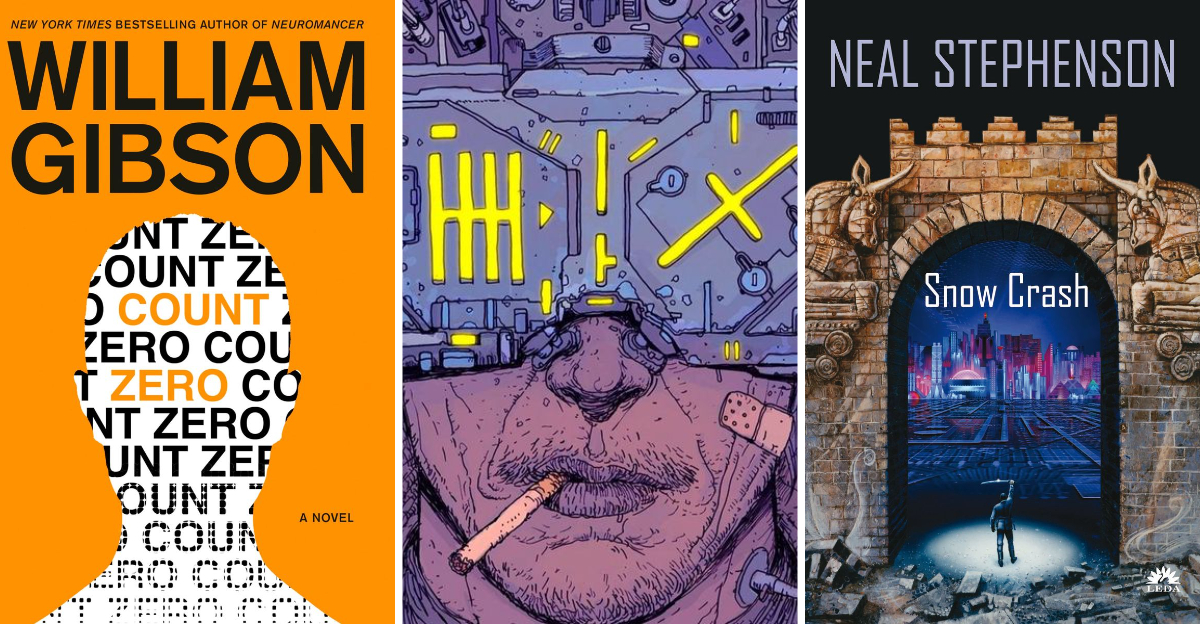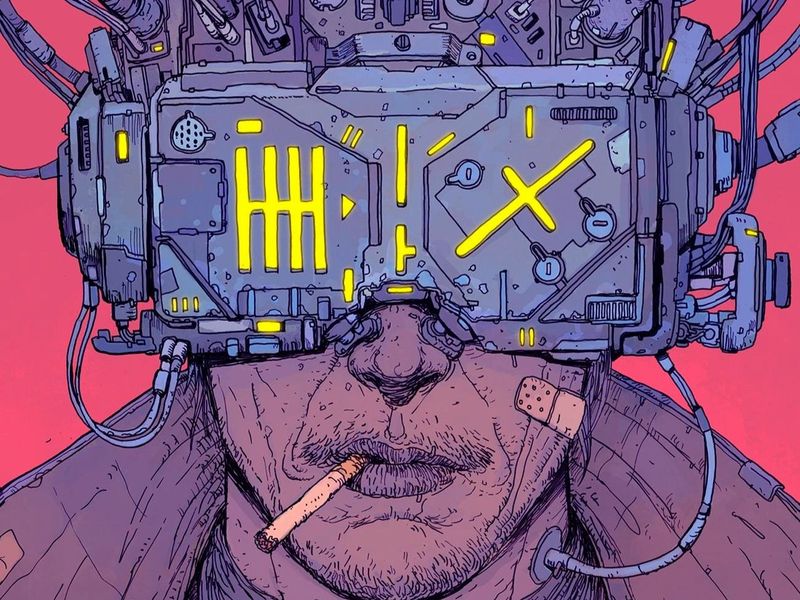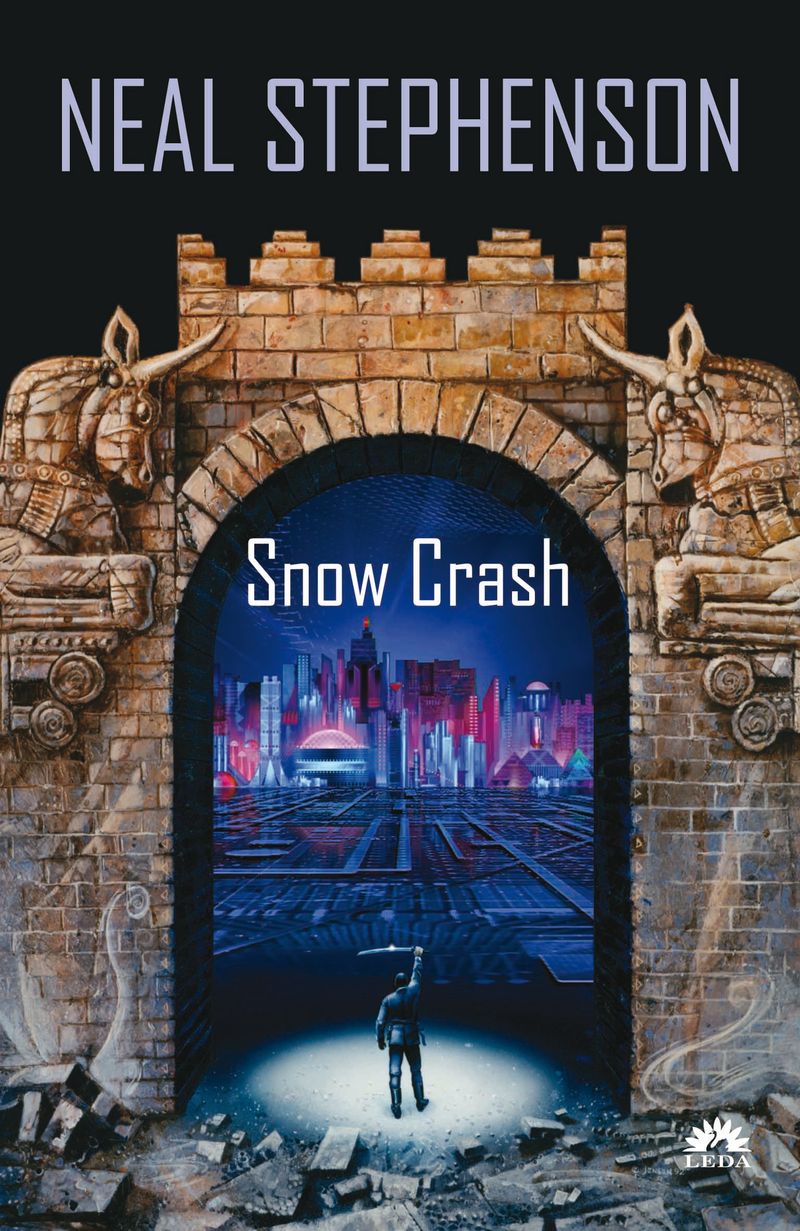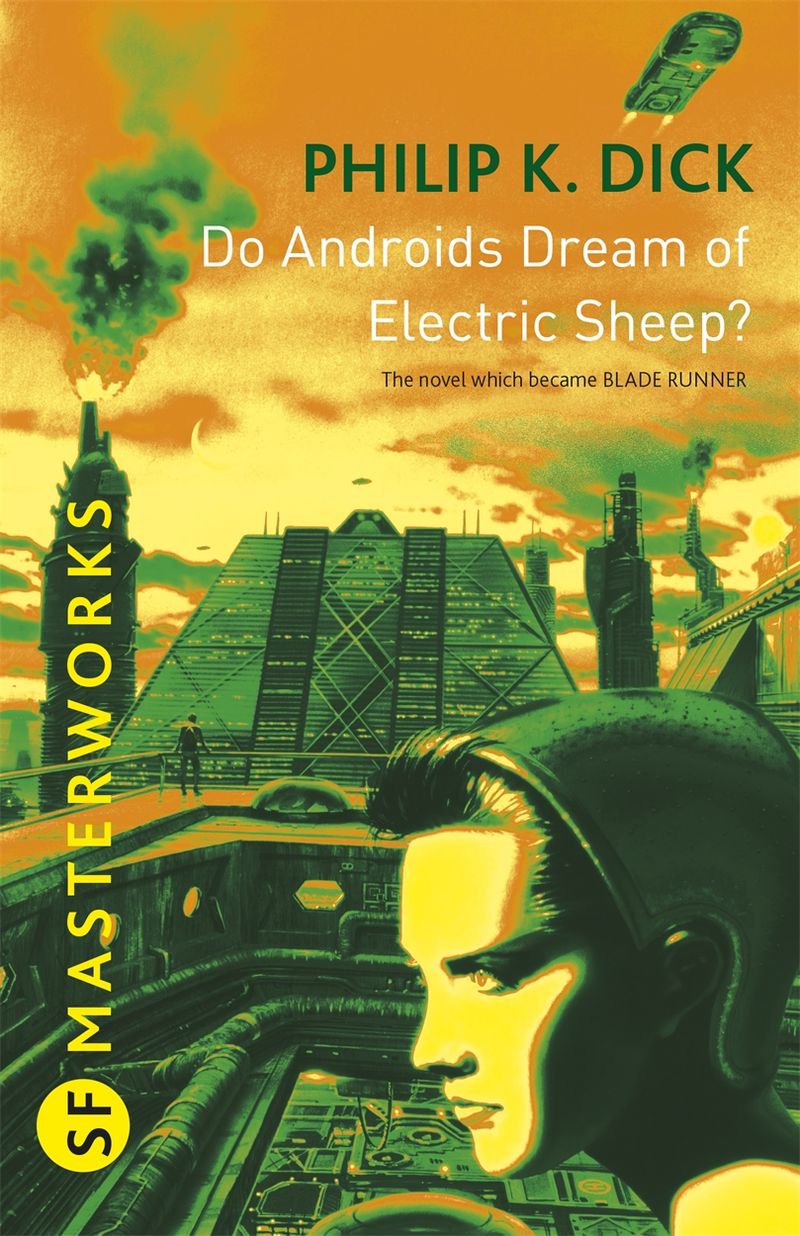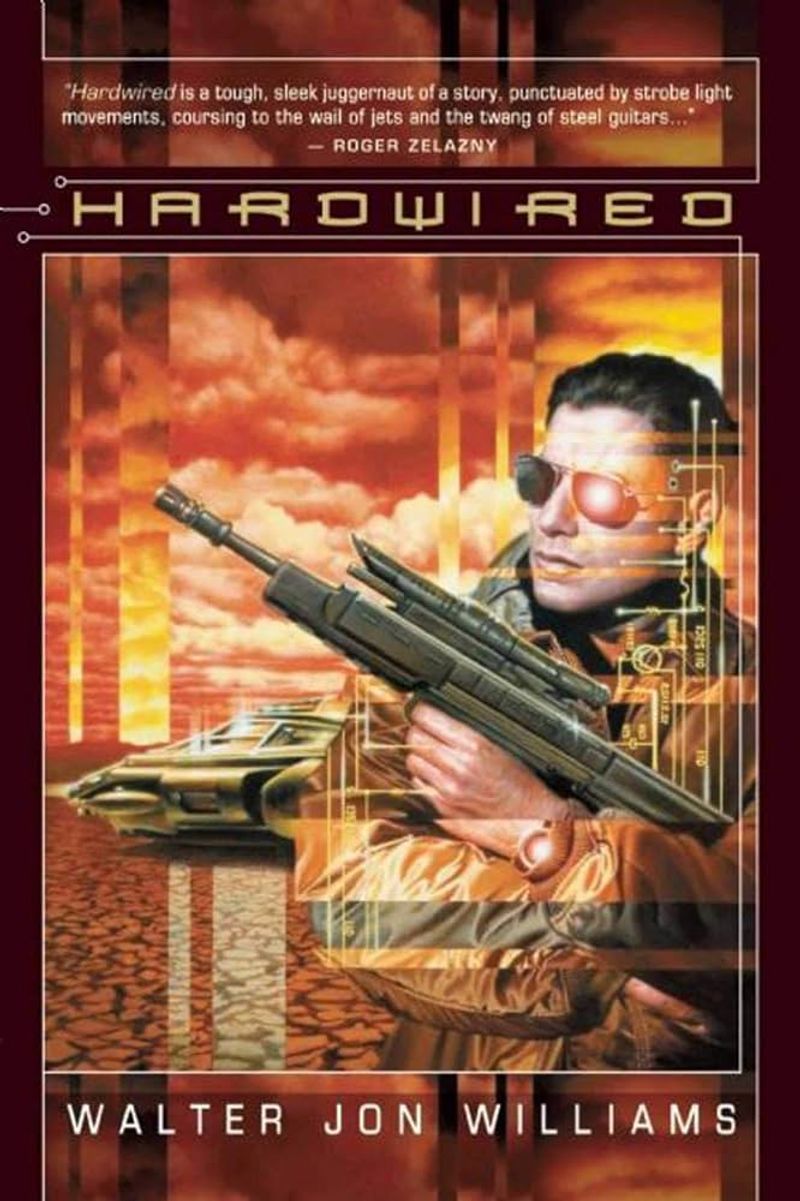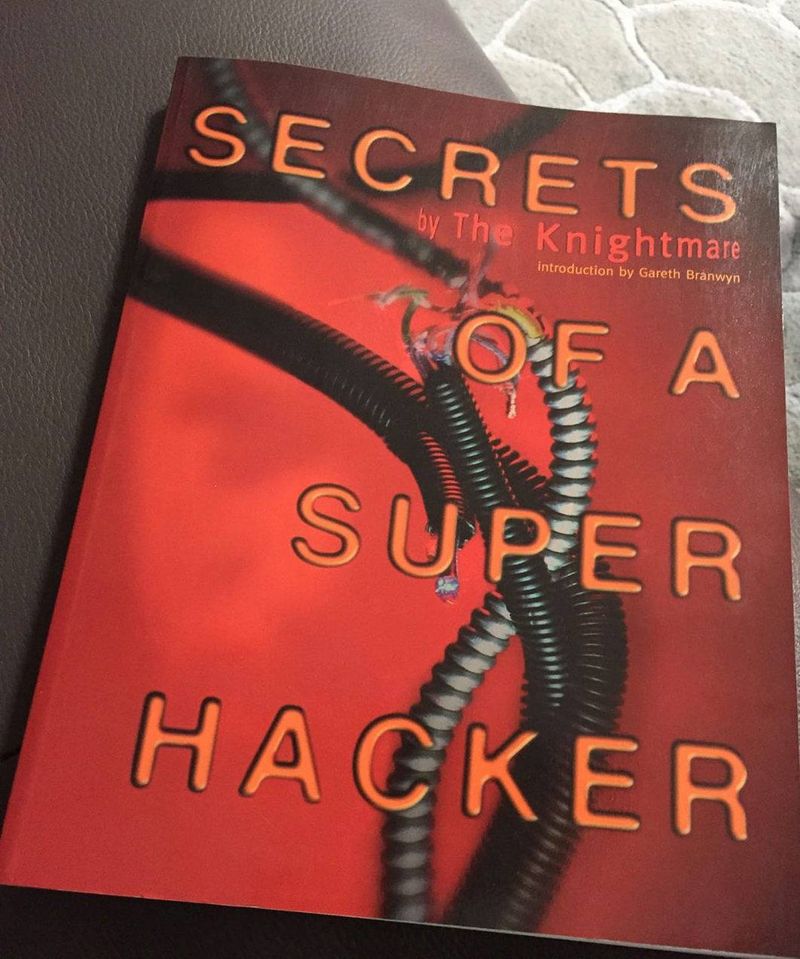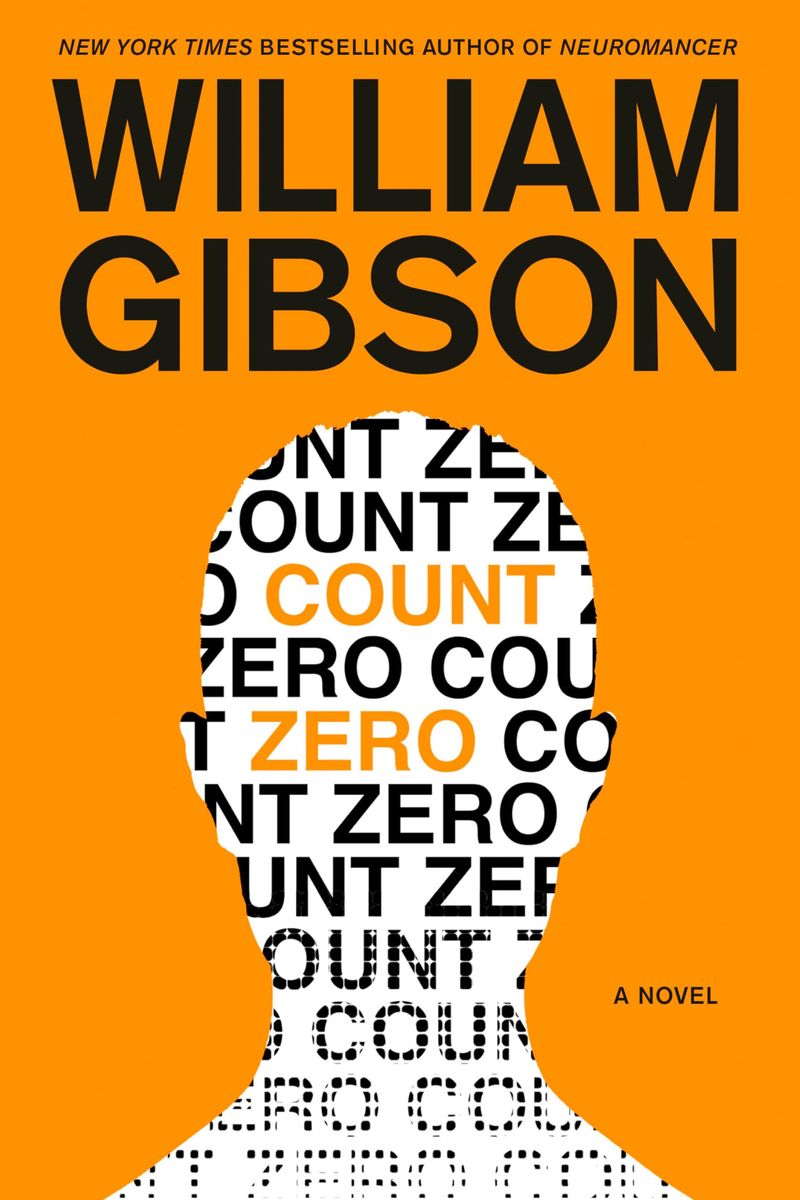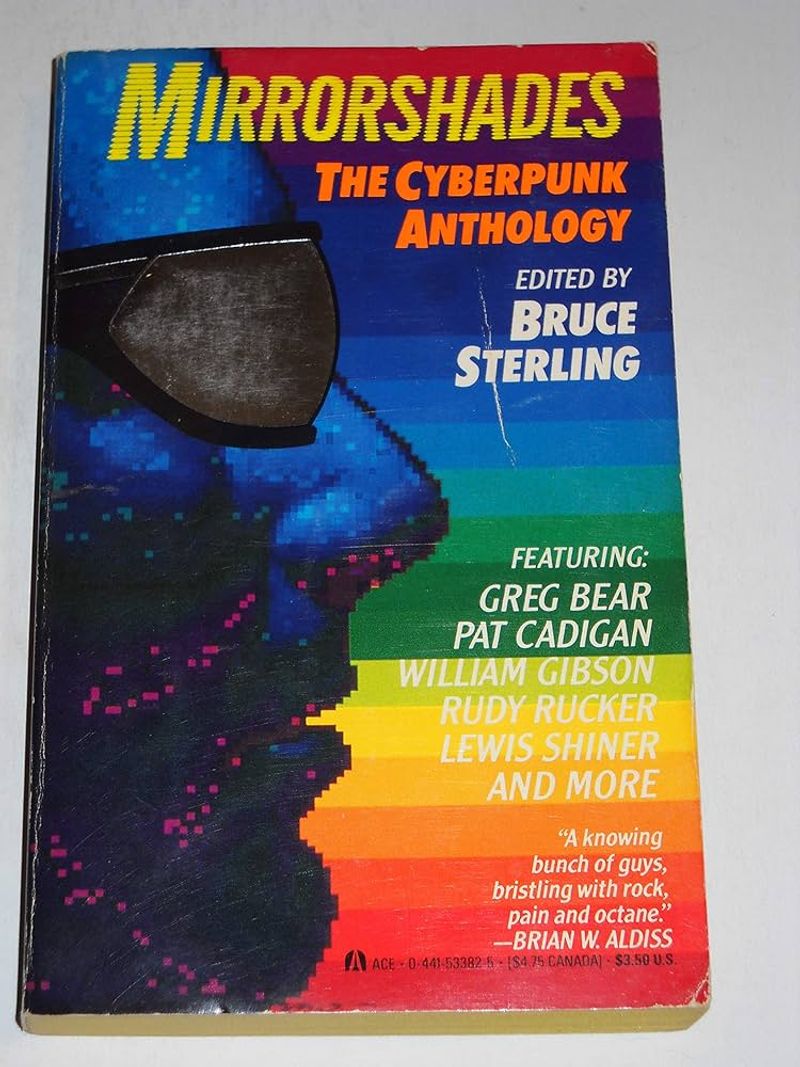Long before smartphones became extensions of our hands and AI entered our homes, cyberpunk authors were sketching out our digital destiny with uncanny accuracy. These visionary writers imagined worlds where technology and humanity collide in messy, fascinating ways. Their neon-lit predictions about virtual reality, corporate power, and digital surveillance have materialized in our modern world with startling precision.
1. Neuromancer: The Blueprint for Our Digital World
Before the internet became ubiquitous, William Gibson’s 1984 masterpiece gave us “cyberspace” – a term he invented that would later define our online existence. The novel introduces us to Case, a washed-up hacker navigating a world where consciousness merges with machines.
Gibson’s vision of data visualized as glowing geometric shapes feels remarkably similar to how we conceptualize the internet today. His “console cowboys” were the original hackers, breaking into secure systems decades before cybersecurity became a trillion-dollar industry.
Most impressive is how Neuromancer predicted the rise of mega-corporations controlling vast swaths of digital territory. When Facebook purchased Oculus or Microsoft acquired Minecraft, they were following a path Gibson mapped out almost 40 years ago.
2. Snow Crash: The Metaverse Before Meta
Neal Stephenson didn’t just predict virtual reality – he named it. His 1992 novel coined the term “Metaverse,” describing a virtual world where users interact through digital avatars. Sound familiar? Mark Zuckerberg certainly thought so when he rebranded Facebook as Meta in 2021.
The novel follows Hiro Protagonist, a pizza delivery guy and hacker who discovers a dangerous computer virus capable of affecting real brains. Stephenson’s vision included digital real estate, online status symbols, and virtual economies – all realities in today’s MMORPGs and blockchain-based platforms.
Perhaps most eerily accurate was Snow Crash’s prediction of a fragmented America where corporate franchises function as sovereign entities. As tech giants grow more powerful than many nations, this corporate feudalism feels increasingly plausible.
3. Do Androids Dream of Electric Sheep?: The Ethics of Artificial Life
Philip K. Dick’s 1968 masterpiece (later adapted as the film Blade Runner) posed questions about artificial intelligence that scientists and ethicists are only now beginning to address. The novel follows bounty hunter Rick Deckard as he tracks down androids so sophisticated they’re nearly indistinguishable from humans.
Dick’s androids lack empathy – the supposed dividing line between human and machine. Yet today’s AI systems are being programmed to recognize and simulate emotional responses. Companies like Replika now offer AI companions designed to form emotional bonds with users.
The novel’s world of constant surveillance, environmental collapse, and synthetic animals feels startlingly relevant. As Boston Dynamics develops increasingly lifelike robots and researchers push AI boundaries, the central question remains: At what point does artificial life deserve rights?
4. The Shockwave Rider: Hacking and Digital Privacy
Years before the first actual computer virus appeared, John Brunner’s 1975 novel introduced the concept of a “worm” program that could spread through networks. His protagonist, Nick Haflinger, creates a self-replicating program that exposes government secrets – essentially predicting both malware and whistleblowing platforms like WikiLeaks.
Brunner envisioned a world where data equals power and privacy becomes a luxury. His “data banks” tracking citizens’ every move mirror today’s reality of constant digital surveillance. The novel’s portable communication devices and information networks existed decades before smartphones or social media.
Most remarkable was Brunner’s prediction of information overload – what he called “the plug-in lifestyle.” His characters suffer anxiety from constant connectivity, a phenomenon now recognized as digital burnout that affects millions worldwide.
5. Hardwired: Corporate States and Neural Interfaces
Walter Jon Williams’ 1986 novel reads like tomorrow’s headlines. The story unfolds in a world where nation-states have collapsed, replaced by orbital corporations that control Earth through economic dominance. As tech billionaires launch private space programs and multinational corporations wield unprecedented influence, Williams’ corporate oligarchy feels alarmingly possible.
The novel’s protagonists use direct neural interfaces – “jacks” implanted in their skulls – to connect with vehicles and computers. Elon Musk’s Neuralink and similar brain-computer interface companies are now developing remarkably similar technology.
Williams also predicted the rise of digital mercenaries and information warfare. His characters smuggle data across heavily controlled networks, much like today’s hacktivists and privacy advocates who fight against digital surveillance. The novel even features drone warfare, decades before military drones became standard.
6. Islands in the Net: Decentralized Networks and Cyber Terrorism
Bruce Sterling’s 1988 novel predicted a world where information flows freely through decentralized networks – essentially foreseeing both the internet and blockchain technology. The story follows Laura Webster navigating a world of data havens, rogue nations, and information warfare.
Sterling imagined “data pirates” operating from offshore platforms beyond government control. Today’s cryptocurrency exchanges, darknet markets, and digital nomads echo this vision of borderless digital commerce. The novel’s multinational corporations wielding soft power through information control parallel modern tech giants like Google and Facebook.
Perhaps most prescient was Sterling’s portrayal of data terrorism – attacks carried out through networks rather than physical violence. As ransomware attacks paralyze infrastructure and state-sponsored hackers target elections, his vision of information as both weapon and battlefield has become our reality.
7. Count Zero: Fragmented AI and Digital Mythology
William Gibson’s 1986 follow-up to Neuromancer introduced a fascinating concept: artificial intelligences that fragment and develop their own mythologies. The novel portrays AIs appearing as voodoo gods in cyberspace, creating religious experiences for human users.
Today’s machine learning systems often develop unexpected behaviors researchers struggle to explain. OpenAI’s GPT models have demonstrated emergent capabilities not explicitly programmed, while Google’s LaMDA became famous when an engineer claimed it had achieved sentience.
Gibson’s vision of digital entities developing their own inscrutable cultures feels prophetic as AI researchers observe their creations developing internal languages and unexpected strategies. As machine learning systems become more complex and less transparent, Count Zero’s digital pantheon serves as a metaphor for how humans might interpret truly advanced AI – as entities with motivations beyond our understanding.
8. Mirrorshades: The Cyberpunk Anthology that Shaped Reality
While not a novel but an anthology edited by Bruce Sterling in 1986, Mirrorshades deserves recognition for crystallizing cyberpunk’s core predictions. These collected stories from authors like Gibson, Sterling, and Pat Cadigan outlined our current techno-cultural landscape with remarkable clarity.
The anthology explored themes like human augmentation, digital identity, and corporate dominance. Stories featured augmented reality interfaces similar to today’s AR glasses, and envisioned gig economies where workers sell specialized skills through digital marketplaces. Even the mirrored sunglasses on the cover predicted the reflective aesthetic adopted by today’s tech culture.
Most importantly, Mirrorshades captured the psychological impact of technological immersion – how digital tools would change human relationships and self-perception. As we navigate lives split between physical and virtual spaces, these stories from nearly four decades ago read less like fiction and more like documentary.
